I have known the writing of Mary Caroline Richards since I was a young college student, and I read everything she published as it became available. M. C.’s life and work reflect an unusual set of values about creativity and the arts, and about living in community. Her values provide a fresh and courageous counterpoint within our highly commodity-driven world. She had a multifarious career and might therefore be called a renaissance woman: a brilliant teacher, a fine potter, a spirited and well-respected translator, writer, and poet, an engaged abstract painter in the last years of her life, and an ardent advocate of community. Her creativity crossed traditional boundaries within the arts and sought to connect art to life. And she brought this “cross-over” into her teaching in various contexts in the United States, Canada, and England.
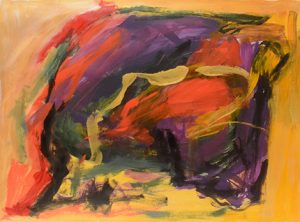
Egg Series #8, 1998, acrylic on paper, 21.75″ x 29.5″ by M.C. Richards Collection of Camphill Village Kimberton Hills
She was fearless in exploring the unknown, including the experiences of living with and caring for others, then aging in community until her death. She lived for many years at Kimberton Hills, an anthroposophical community that supported disabled adults, and in this way gave deeper form to her values of care, kindness, and compassion. She lived the values about which she wrote and spoke.
M. C. discussed her views on education, pedagogy, institutions, teachers, and students in at least nine essays and in her comprehensive study of Steiner education in America. A number of pertinent questions pervade her reflections. What or who is the teacher and what is a student? What is intelligence, and why do our intelligent and well-educated psyches still result in national and international messes? What are our institutions now, and what might they become?
She wondered how institutions come into being, and how we can work to free ourselves from the ways in which they bind us. She thrilled at the unique strengths of Waldorf education, for its focus on the inner life of the teacher and the possibilities for educating students through the visual and performing arts.
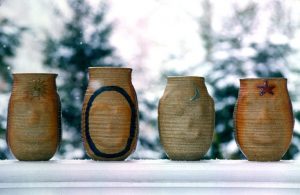
Four Virgins of the Elk Dance by M.C. Richards
Black Mountain College
M. C. was fond of reminding us that the word education comes from the Latin educare, which means to draw out or to lead out. Pedagogy is a formidable name for the craft of the teacher; it comes from two Greek words meaning child and to lead. Consider the breadth of her definitions of education: “Education is a process of waking up to life.” “We teach all the time, by what we are and what we do. We learn all the time by what we see and feel and think and do.” “Education is an art of healing and making whole.” “Education is an art because it relies upon that combination of know-how and inspiration, of enthusiasm and dedication, of ability and restraint, which the artist has, and which is awakened in the artist-teacher.”
In “The Public School and the Education of the Whole Person,” M. C. articulated her ideas about wholeness and education. This essay became an underground classic. Public education was already in crisis, a crisis that has not abated in these many subsequent years. In fact, the crises may be even more extreme now. The challenges of cultural pluralism are ongoing, and include the basic problem of language when students are increasingly diverse. Nevertheless, the public school has a significant double role: to provide continuity in the transmission of culture, and to stimulate creative change and transformation. In the past decades since both her essay and book were published, the impact of new technologies, especially the computer, television, and smart mobile devices, has become an even more potent shaping influence on education, including home schooling and the proliferation of charter schools.

Grief and the Burning Bush For John Cage by M.C. Richards 1992, acrylic on paper, 28.5″ x 25″ Collection of Julia Connor
The question of pedagogy, of how we educate, was profound for M. C. Not only did she experience a range of public and private schools as student and teacher, she spent decades investigating Rudolf Steiner’s educational philosophy and Waldorf schools as they had developed in the United States. She offered detailed stories of her introduction to anthroposophy, of finding a school for her stepdaughter in New York City, and later participating in Waldorf teacher education. Following the Waldorf model, M. C. recommended that teachers should stay with their students over years, fostering respect for the individual gifts of each child. Moral imagination should be cultivated alongside cognitive knowledge, while the creative power of the individual hand should be fostered through all of the arts. The individual art disciplines themselves should be infused with the broader disciplines of will, sincerity, and wholeness.
M. C. saw education as a path of initiation and a sacred art. She was both an inspiring teacher and a committed student. She insisted that teachers must not only practice what they preach, but they must listen carefully to what another person actually means. She suggested that all teachers should practice an art as they prepare to teach, and in this sense remain a student on life’s paths.
Excerpt from a long article about the literary contributions of artist, poet, and writer Mary Caroline Richards. Full article is available for download at https://deborahjhaynes.com/images/uploads/pdfs/Haynes_MCRessay.pdf
Essays on Pedagogy:
https://deborahjhaynes.com/essays
- “The Blue Pearl,” in Buddhist-Christian Studies 33 (2013): http://muse.jhu.edu/journals/buddhist-christian_studies/v033/33.haynes.html
- “Mindfulness and Contemplative Practice in the Study of Art and Religion,” in Meditation and the Classroom, edited by Fran Grace and Judith Simmer Brown, Albany, NY: State University of New York Press, 2011, 223-26. Mindfulness
- “Contemplative Practice: Views from the Religion Classroom and Artist’s Studio,” ARTS: Arts in Religious and Theological Studies 20 (2009): 25-33. Contemplative Practice
- “Toward a Pedagogy for Comparative Visual Studies,” in The Subjective Eye: Essays on Gender, Art, and Religion, edited by Richard Valantasis, Eugene: Wipf and Stock, 2006, 71-86. Comparative Visual Studies
- “Contemplative Practice and the Education of the Whole Person,” ARTS: Arts in Religious and Theological Studies 16 (2004): 8-10. Education of the Whole Person
- “Curriculum Reform: The Infusion and Diffusion of New Media,” with Mike Mandel and Rita Robillard, Leonardo 31 (October 1998): 187-93. Curriculum Reform
- “Teaching Postmodernism,” Art Education, Journal of the National Association of Art Education 48 (September 1995): 23-4, 45-50. Teaching Postmodernism


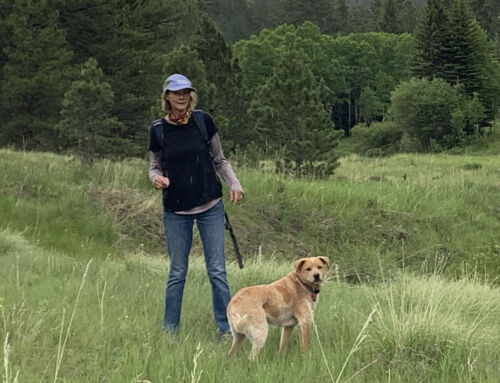

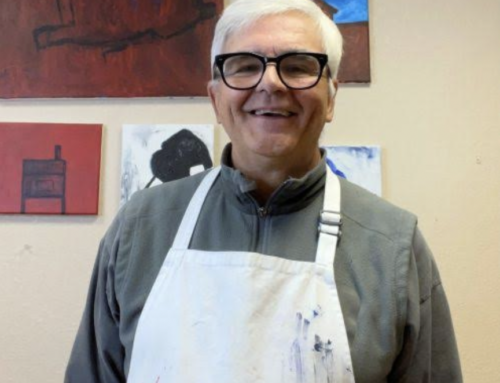
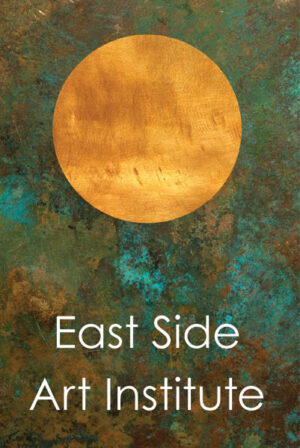
Leave A Comment